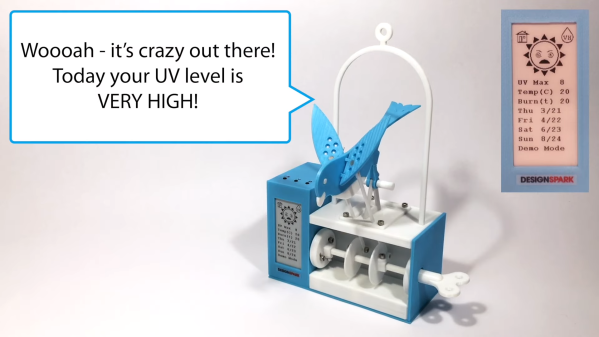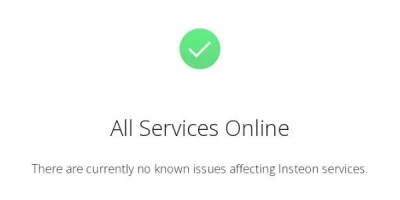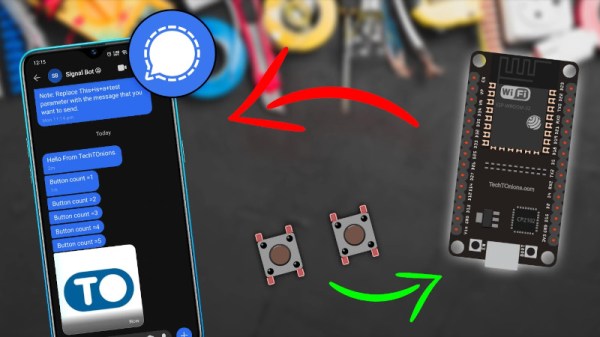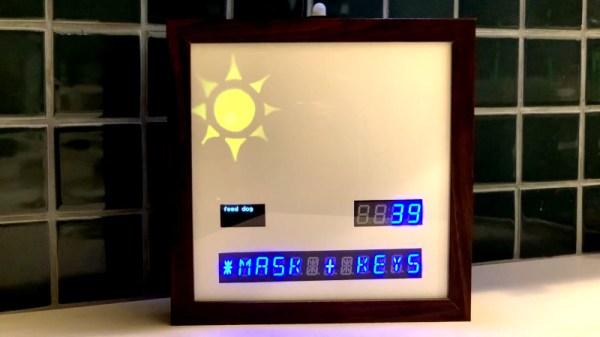UV rays are great at helping us generate vitamin D, but they can also be harmful, causing sunburn and even melanoma. To help kids keep track of the UV index in his local area, [Jude Pullen] created the UV Budgie.
The build is based around an Arduino Nano 33 IoT board, which queries the Met Office’s API to determine the UV level in the area. The relevant data is then displayed on a small e-ink display, with cute little sun characters telling you about the prevailing conditions. It also announces the current risk level with recorded voice samples, advising on whether precautions should be taken, such as using sunscreen or sheltering inside for the worst days. Plus, there’s a bird that flaps its wings to announce an update, actuated by a small servo in the base.
It’s a fun build that should help [Jude] and his family remain sun safe in the summer. [Jude] notes the build could also be reprogrammed to share other warnings, too. APIs to query local air quality or radiation levels are just some of the ideas that come to mind. Video after the break.
Continue reading “UV Monitoring Budgie Keeps An Eye On Exposure Levels”





 Instantly, the Insteon subreddit has livened up. People, rightfully angry about being literally left in the dark, were looking for answers – as if mocking them, Insteon’s homepage claimed that all services were operational. Others, having expected the shutdown to eventually happen, started
Instantly, the Insteon subreddit has livened up. People, rightfully angry about being literally left in the dark, were looking for answers – as if mocking them, Insteon’s homepage claimed that all services were operational. Others, having expected the shutdown to eventually happen, started 











